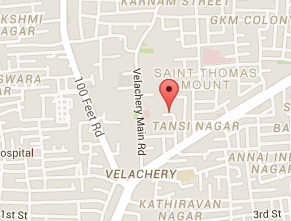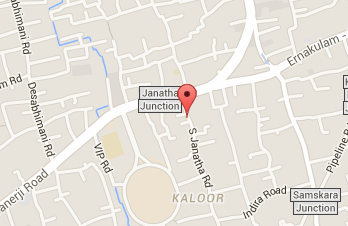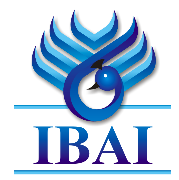The medical advancements are ensuring that all of us will live till our 80's and 90's. Unfortunately we can only work till our 60's, that is we would live another 20-30 years more after our retirement. And just because we become old, none of us are ready to scale down our current standard of living. Adding to this are the big bad wolves called inflation and medical care. This brings us to a major risk in human life, the "Risk of Living Longer"!. Culturally we Indians expect our children to take care of us during our old age but the cases of old age neglect are growing in India in some form or other. It is worth to have some strategy in place so that we can live the last 20-30 years of our life with dignity.
First step would be to understand what in today's value, we would require to survive after retirement. Our requirements can be day to day and some cases lump sum. At our retirement it is safe to assume that we may have taken care of our major loans (housing etc) and children's education (they may have started working) hence we can reduce that portion of our income requirement. But there are some new expenses like medical care (did you take proper mediclaim cover? would it cover you post retirement when you need it most?) which would increase with age, our home and household goods may need up gradation or marriage of children etc which needs to be provisioned.
Second step is to understand that our salaries today has three invisible components 1. Today. 2. Tomorrow & 3. Day-after. "Today" is the amount which you can or should spend to sustain yourself now. This should also include your loans. "Tomorrow" is the amount which should be send to savings to meet milestones like future children's education etc. The "day-after" portion of your salary should be dedicated to funding your retirement (take it seriously 20-30 years post retirement....its a life time!). One should be worried if you're spending all three components to live today.
Third step is to find suitable investment vehicles. This can take two forms, namely, workplace and personal. When it is a workplace pension scheme, your employer will pay money into your pension plan on a regular basis (portion of your PF deduction). Personal pension you have to take the centre stage. Building your self pension funds have two stages
1. Accumulation - The objective of this stage is to build a corpus. This can be done by any of the monthly investment schemes or recurring deposit scheme or by a specialised pension fund available with many life insurance companies. This ensures that you would be saving during your working years and once you build the corpus at your retirement (vesting), you can commute around 30% take it as lump sum to meet immediate requirements like renovation of house etc. Rest of the money (70%) would go to immediate annuity.
2. Immediate Annuity - These are offered by dedicated pension companies or some life insurance companies. Where we can invest in lump-sum and start getting pension from next month. The mode of investments, investment strategies of these companies can differ.
In India, still most people see pension funds schemes as a way to reduce their tax paying income. We need to get out of that mode and start paying into pension schemes with the idea of securing our retired life. Most of the present generation don't have a job where the government pays you pension after retirement. So save from what you earn and start it now. Longer the savings period, larger the pension fund and more secure your old age.







